WiFi runs our life. In fact, according to a survey carried out by Direct Line by Opinium Research online, it is the number one thing that their respondents couldn’t live without.
But no matter where you are in the world, you’ve probably experienced internet connectivity problems at one point or another.
Enter LiFi, a type of wireless connection that can be up to 100 times faster than
WiFi.
* Imagine a world where you can connect to high-speed internet by just flicking
on your light switch.
* LiFi is a wireless optical networking technology that uses LEDs for
data transmission.
* In simpler terms, LiFi is considered to be a light-based WiFi that uses light
instead of radio waves
TO transmit information.
* Using light to transmit data allows LiFi to deliver a couple of advantages
such as working in areas susceptible to electromagnetic interference like hospitals
and aircraft cabins and working across higher bandwidth while offering higher
transmission speeds.
* The LiFi technology is currently being developed by numerous organizations
around the world.
How does LiFi work?
* LiFi is a Visible Light Communications system transmitting wireless
internet communications at very high speeds.
* The technology makes a LED light bulb emit pulses of light that are undetectable
to the human eye and within those emitted pulses, data can travel to and
from receivers.
* Then, the receivers collect information and interpret the transmitted data.
* This is conceptually similar to decoding Morse code but at a much faster rate –
millions of times a second.
* LiFi transmission speeds can go over 100 Gbps, 14 times faster than WiGig,
also known as the world’s fastest WiFi.

Comments
Post a Comment